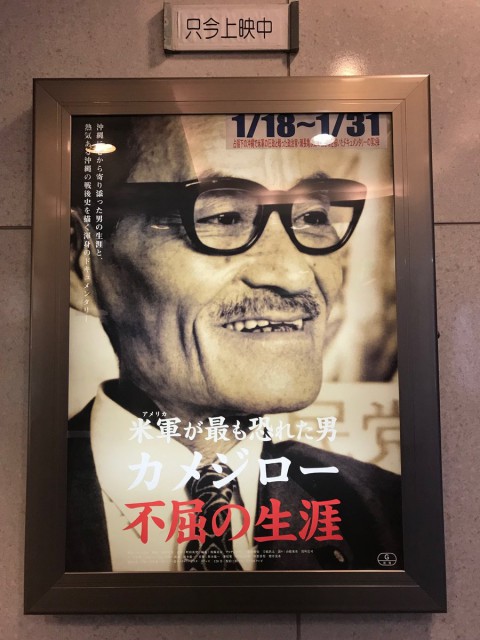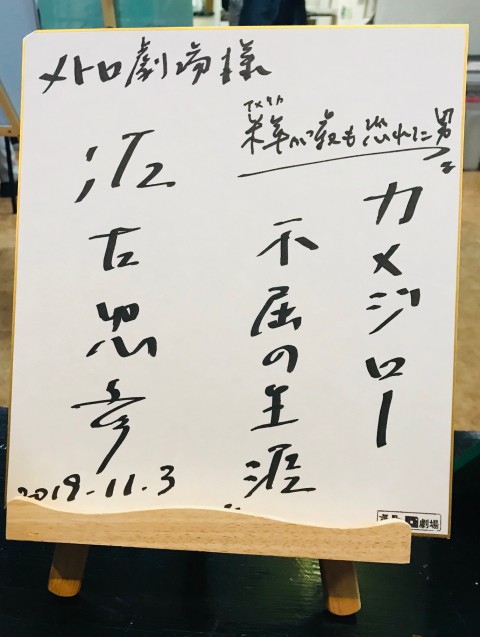Fukui's local product exhibition at KITTE, commemorating the 400th anniversary of receiving the Edo kami-yashiki (upper residence) of the Fukui Domain
2020.02.04
An event named "Fukui's local product exhibition at KITTE, commemorating the 400th anniversary of receiving the Edo kami-yashiki (upper residence) of the Fukui Domain" was held last week.
KITTE is a six-story commercial facility just outside Tokyo Station's Marunouchi South Exit. With a retro appearance that partially preserves the former Tokyo Central Post Office, the contrast with the brand-new skyscraper JP Tower that rises above it stands out. The event was held in a tourism and business information center called "Tokyo City i" on the KITTE's basement floor.
I attended a technical seminar in Tokyo on January 30th, so I went to the event on that occasion. At first, I had a question why such an event was held around the Tokyo Station. But I knew why it was held here. Because the Fukui Domain's Edo kami-yashiki was located at the current Otemachi Place, where is very near the venue.
By the way, the foundation of the townscape of Ginza was made by the then-governor of Tokyo, Kimimasa Yuri, a feudal retainer of the Fukui Domain. The graves of Sanai Hashiomoto, who was executed in Ansei Purge, and Unpin Umeda, who died in prison during the Ansei Purge, are located in Arakawa Ward, Tokyo. And in Taito Ward, there used to be "Fukui-cho (town)", which was formed at the site of the Fukui Domain's residence.
I realized that there are many things related to Fukui in the center of Tokyo.
T.S




